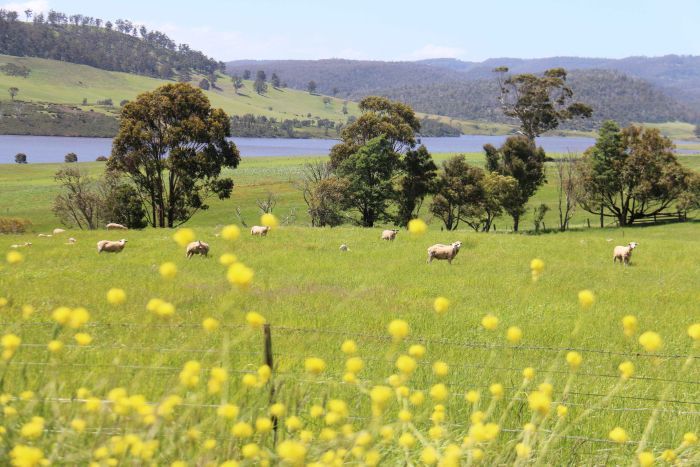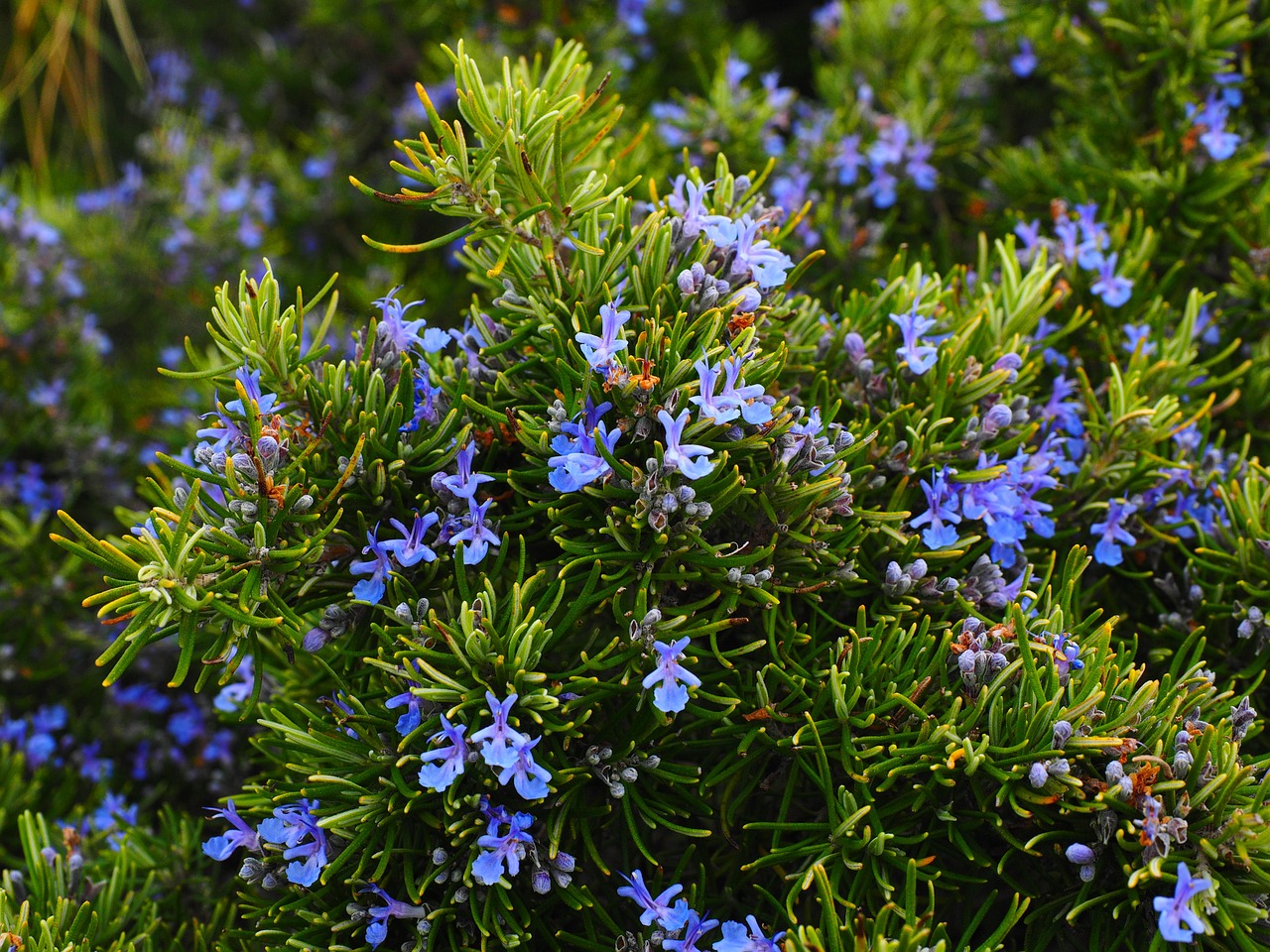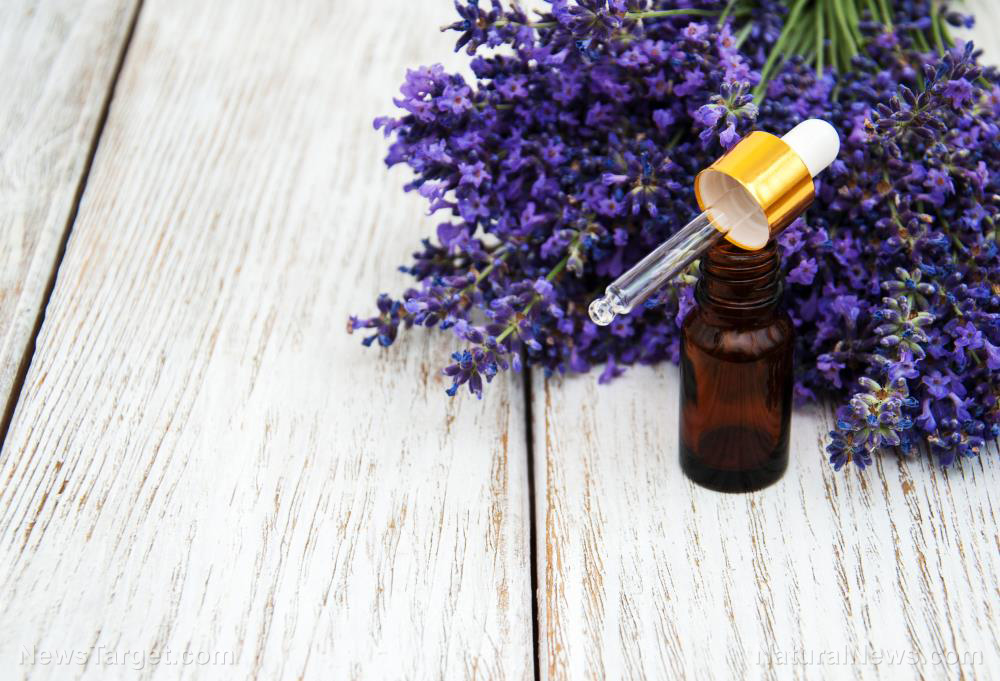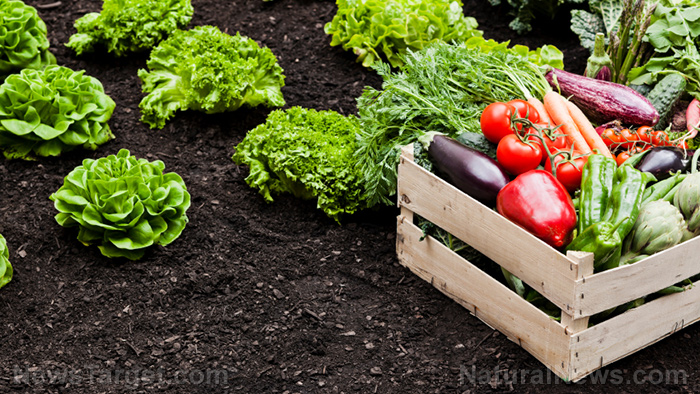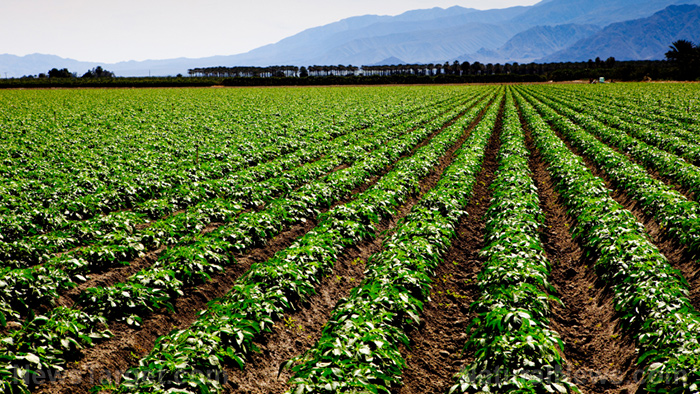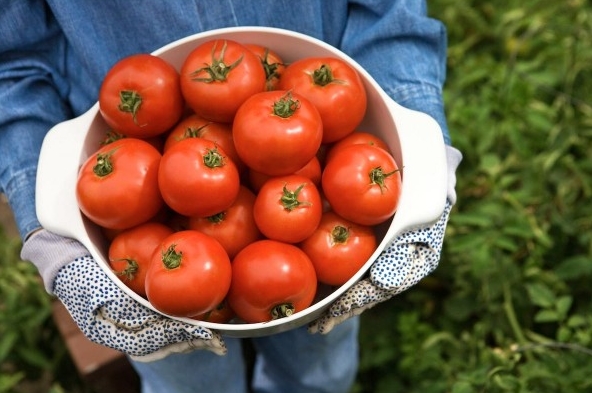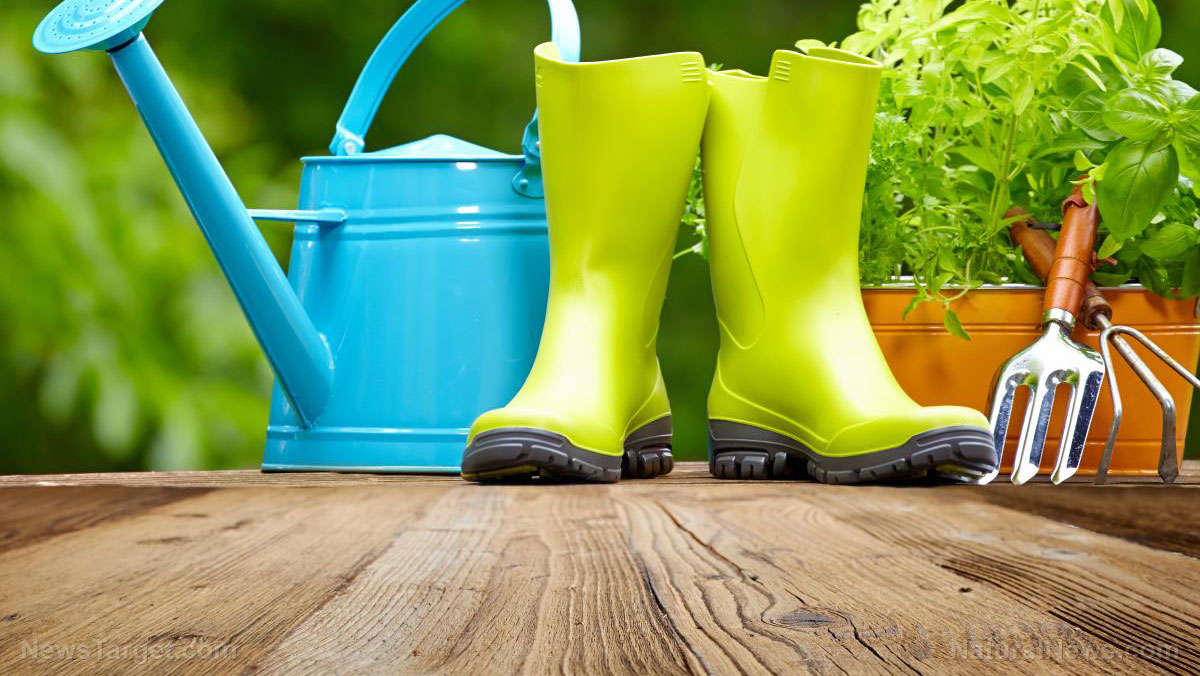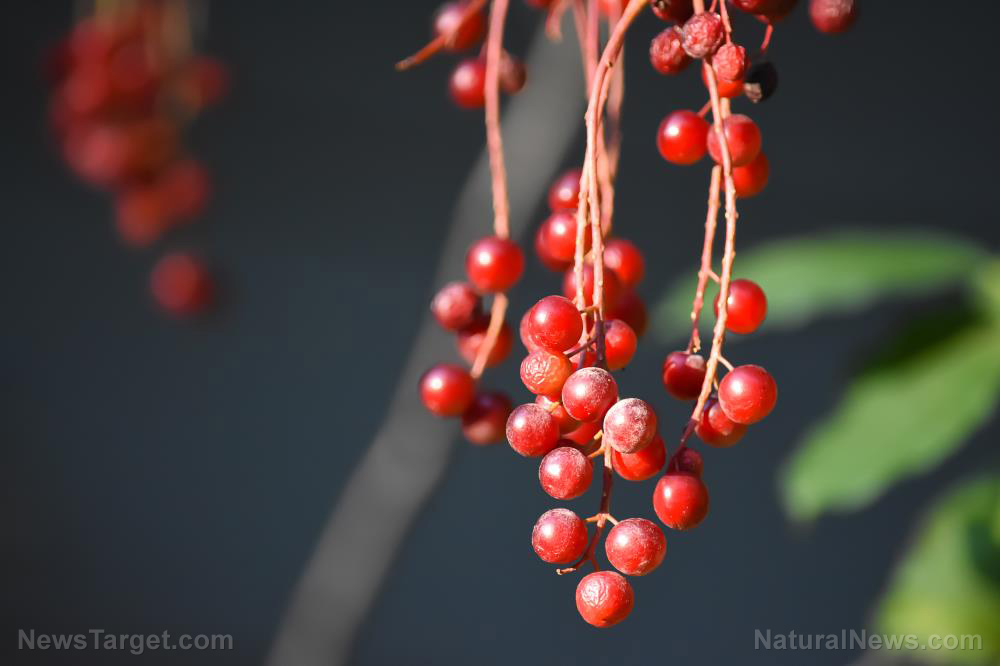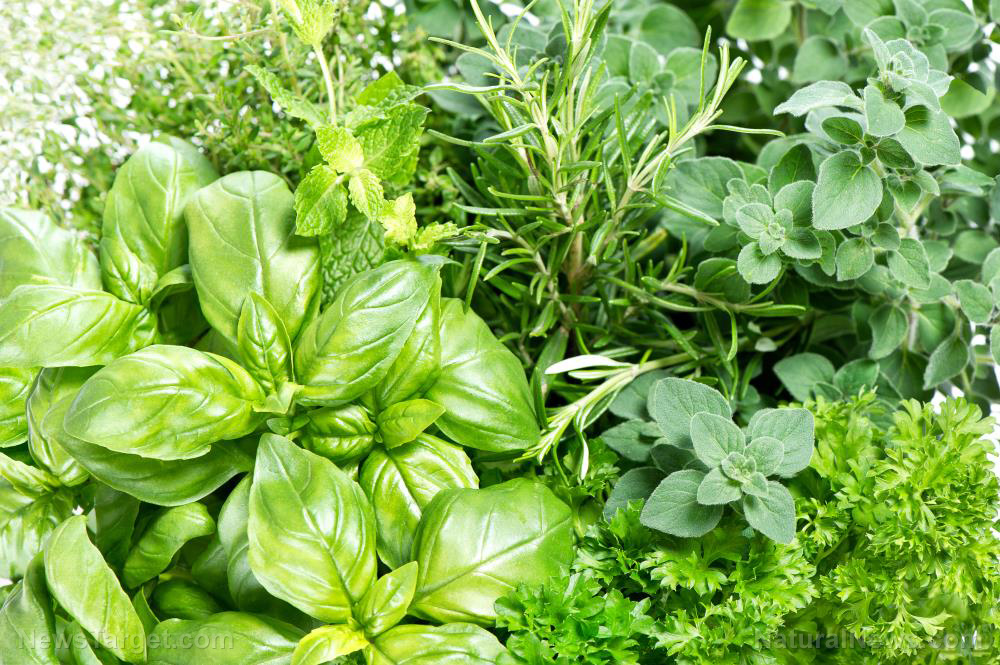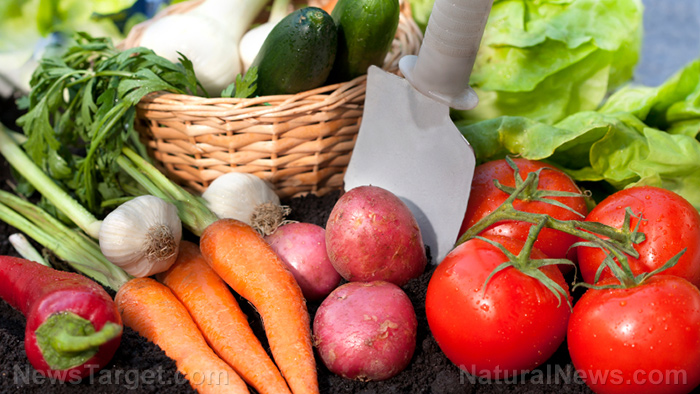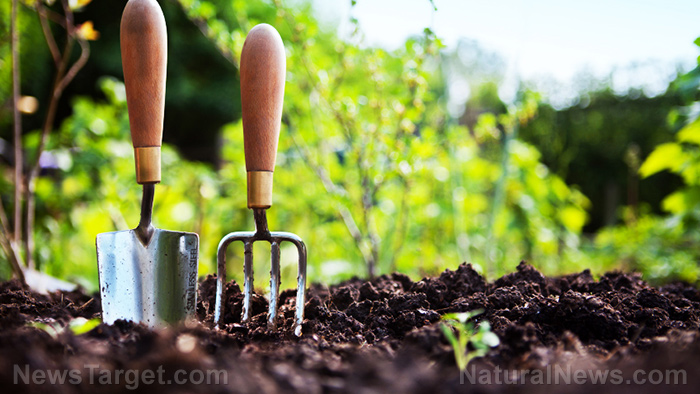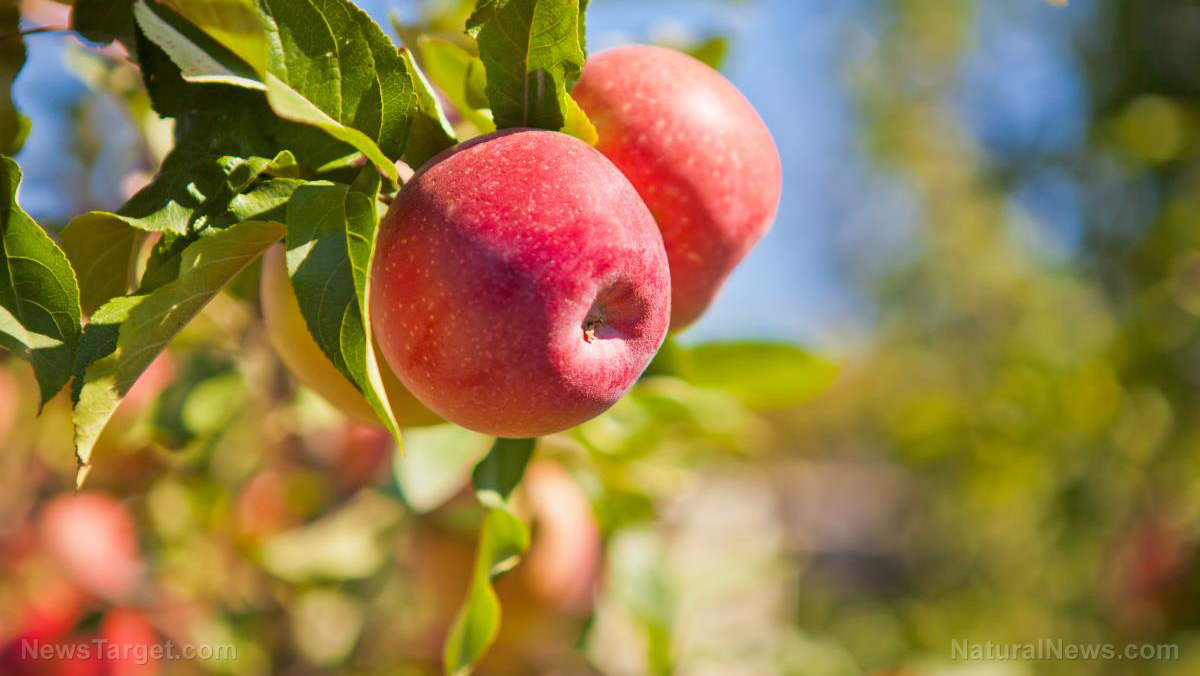Foraging 101: Tips for mushroom foraging
07/14/2022 / By Zoey Sky
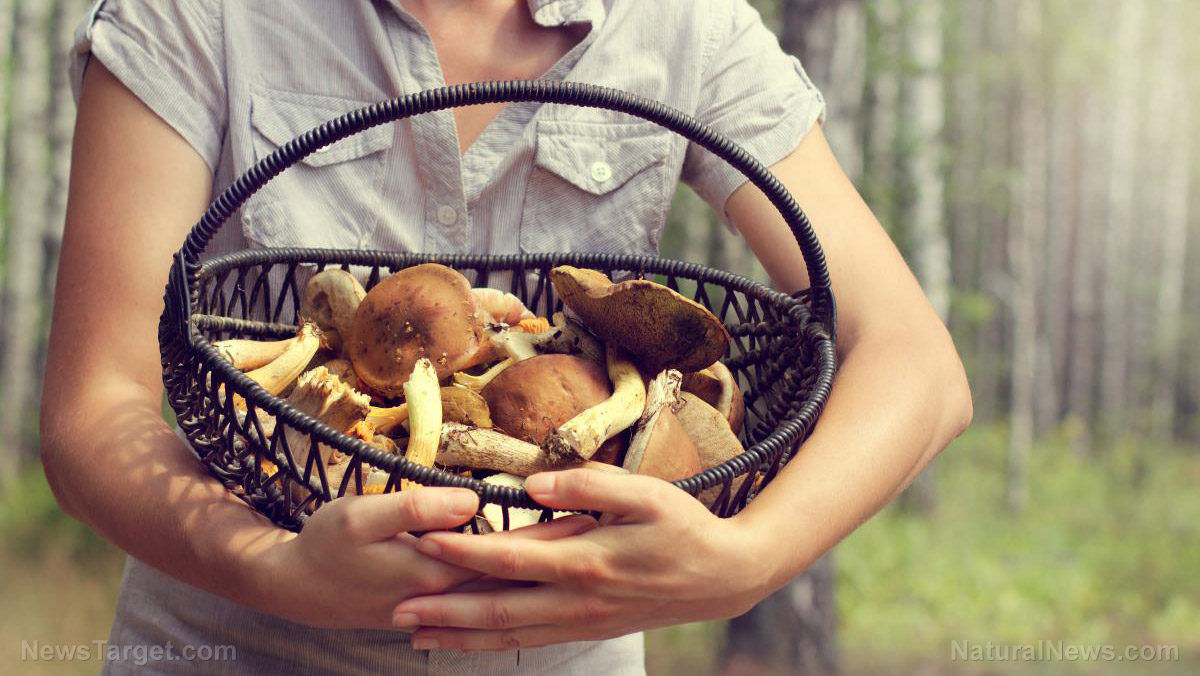
Knowing how to forage for edible plants and mushrooms is an important skill for any prepper, especially if you want to know how to find more food for your family after SHTF.
But like any other prepping skill, foraging for mushroom requires preparation, like doing your research so you don’t accidentally mistake a poisonous mushroom for an edible one. (h/t to Survivopedia.com)
In the U.S., there are more than 7,000 annual cases recorded of exposure to toxic mushrooms.
Fortunately, the number of cases that result in major harm or prove to be fatal is only less than 40 people yearly. To avoid being part of the statistics, it’s important to train well and do proper research.
Learn about different types of mushrooms before foraging
According to data, mushrooms contain more protein than most vegetables. Mushrooms are also full of various vitamins. Additionally, mushrooms are the only non-animal food that contains vitamin D.
Researchers also continue to study mushrooms to learn more about their benefits and their anticancer, antiallergenic, antioxidant, antiviral and antibacterial properties.
According to the International Journal of Microbiology, there are between 5,000 and 10,000 species of mushrooms in North America alone. If you are a beginner, you need to study so you can find out which of these mushrooms are safe to eat.
Out of the 10,000 mushroom species native to North America, about 100 are considered edible and safe for human consumption.
If you want to learn how to forage for mushrooms, start by learning about one or two edible mushroom species every year. Once you can properly identify the two varieties, expand your knowledge by learning about another species.
Mushroom foraging tools
You don’t need to splurge on expensive tools, but if you’re serious about mushroom foraging, you will need these basic tools:
A sharp knife
You can use a regular pocket knife, but it’s best to invest in a mushroom foraging knife.
With a mushroom foraging knife, you can easily collect mushrooms without damaging them or the surrounding area. Using a mushroom foraging knife is important if you want to forage responsibly and preserve the mushrooms in the best condition on site.
Mushroom knives looks similar to a pocket knife in size and design, but the former has a curved pruning blade that you use to cut the mushrooms above the ground. This better preserves mushrooms and prevents tearing and other damage that may be caused by digging them out.
Using a mushroom knife also prevents you from inadvertently damaging nearby plants while foraging.
Small gardening trowel
You can use a small gardening trowel to easily remove mushrooms when cutting them isn’t sufficient or practical. Instead of tearing the mushroom, a trowel will cut through the roots so you can easily pull it up from the ground.
Mesh bags
Using mesh bags will allow mushroom spores, insects, dirt and other debris to be dispersed as you walk.
A good camera
A camera, like the one on your phone, will help you take pictures that you can post on certain apps like iNaturalist or on social media so many people and various experts can offer input on the mushrooms you’ve discovered.
You can also join social media groups dedicated to foragers so if you have questions about a specific mushroom, you can just post a picture that experienced foragers can use to help you identify the mushroom.
When taking photos of mushrooms, take them from above, from below part of the mushroom’s cap and take one of the stalk. Some species can be distinguished by the presence of pores, gills or other spore structures that will be visible in your photos.
One or two illustrated field guides
It’s best to get illustrated field guides so you can compare your findings and avoid mistakes.
Nothing beats first-hand experience so it’s best to join a local mushroom club. No matter how many books you read, you will learn more after finding and seeing the mushroom in their natural environment along with many others who know how to forage for mushrooms.
These clubs will often organize and conduct forays where members can learn how to find and identify various types of mushrooms in person. Once you join a group, ask expert foragers about your discoveries to learn more about them.
Is mushroom “hunting” legal?
The legality of mushroom hunting is often debated, but it likely won’t matter when SHTF. However, you have to obey local laws and get the permits that may be required in certain states while things are normal.
In general, there is a limited quantity of mushrooms that you can forage for personal use from U.S. Forest Service lands. You are only allowed to harvest one gallon per day or five gallons per season.
Should you exceed this quantity or if you plan to harvest mushrooms to make extra money, you will need a permit. Remember that the rules of mushroom foraging may vary if the species is listed as endangered or threatened and if you forage in areas classified as special or protected biological areas.
Additionally, rules may vary from National Park Service properties to state forests or state parks. While foraging on public lands may be less restrictive in certain states, it’s better to check with the management of such lands to avoid any legal problems.
Mushrooms you can forage
Here are some tips for foraging common types of mushrooms.
Chanterelles
The Cantharellus genus contains several species of mushrooms distributed throughout North America. Chanterelles grow from the ground and are not attached to logs or trees.
You can find chanterelles in both coniferous and hardwood forests during summer and fall.
Golden chanterelles (Cantharellus cibarius) are one of the most easily recognized species in the Cantharellus genus. Golden chanterelle has a yellow to yellow-orange color and a rather fruity aroma.
Experts prefer black chanterelles (Craterellus cornucopioides) because its flavor has black truffle notes, especially after drying. (Related: 5 Medicinal mushrooms you can grow in your home garden or forage in your backyard.)
Chicken of the woods
Chicken of the woods (Laetiporus sulphureus) is great for beginners since its orange and yellow color makes it easy to spot. You can find the mushroom on logs or standing trees during summer and fall.
To make sure you’ve got the right mushroom, check its underside. Chicken of the woods has pores instead of gills. Make sure you only harvest the mushroom from hardwoods since certain species in the Laetiporus genus grow on conifers and are mildly toxic.
Chicken of the woods has a unique texture and it can be used as a substitute for chicken, hence the name. It is often coated in batter and fried or added to soup or pasta. The flavor is similar to chicken.
Hen of the woods
Hen of the woods or maitake is not related to the Laetiporus species. Hen of the woods is large and it has lobes that fan out from a central core.
You can find Hen of the woods in late summer and fall on oak trees since it’s often attached to living oaks. Both hen of the woods and chicken of the woods have pores underneath instead of gills.
The upper potions of maitake are wavy and brown, resembling the tailfeathers of hens, hence the name.
The mushrooms have a savory, earthy flavor with a mild peppery finish. You can saute or roast them.
Morels
Morels (Morcella genus) are considered to be a delicacy. Mushrooms in the Morcella genus are called true morels. Some species are native to North America.
Morels can be black, yellow, white or gray. You can find them beneath apples trees and ash, elms, sycamores and tulip poplars.
True morels have a subtle texture and taste that is often described as earthy, nutty and a little woodsy. Some say darker morel varieties have mild smoky notes.
When hunting for morels, make sure you know how to differentiate the true morels from false morels, which are toxic look-alikes. Learn about the distinct characteristics of false morels so you can learn how to tell them apart from true morels.
While you can do your own research, it’s best to learn about mushroom foraging from experienced foragers at a local mushroom club especially if you plan to harvest and consume wild plants and mushrooms.
Visit GreenLivingNews.com to learn more about foraging.
Watch the video below for more tips on how to forage for maitake mushrooms.
This video is from the What is happening channel on Brighteon.com.
More related stories:
Seeds of life: Keep your food supply alive after SHTF.
5 Common edible plants for urban foraging (plus foraging tips).
20 Herbal preparations for your herbal medicine cabinet.
Sources include:
Submit a correction >>
Tagged Under:
bug out, emergency food, food foraging, food safety, food supply, foraging, green living, how-to, off grid, preparedness, prepper, prepping, self-reliance, survival, survival skills, sustainable living, tips, wild mushrooms
This article may contain statements that reflect the opinion of the author
RECENT NEWS & ARTICLES
COPYRIGHT © 2017 GREEN LIVING NEWS


